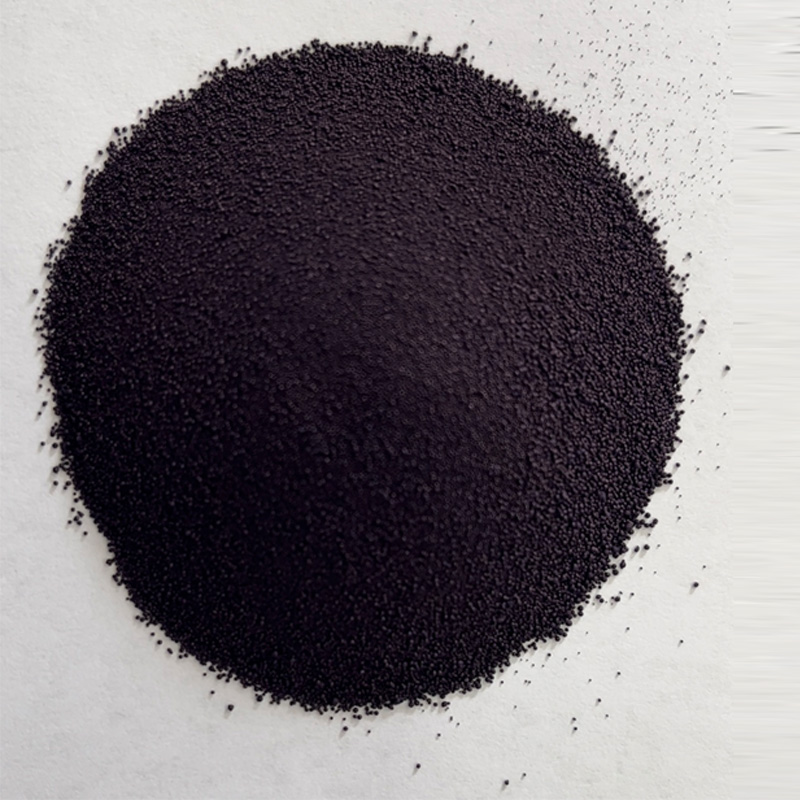Inspiring Quotes Celebrating the Timeless Beauty and Craftsmanship of Indigo Dye Fabric
The Timeless Allure of Indigo Dye Fabric
Indigo dye fabric holds a special place in the tapestry of textile history, revered for its rich hues and profound cultural significance. From ancient civilizations to modern fashion, the deep blue shades of indigo have inspired artists, designers, and textile enthusiasts alike. The allure of indigo dye is not just in its color but also in the stories it carries, the techniques it embodies, and the communities it supports.
Indigo dyeing, one of the oldest known dyeing processes, has origins that trace back over 6,000 years to ancient civilizations in India and Africa. The dye is derived from the leaves of the indigofera plant, which undergoes a complex fermentation process to yield its striking blue pigment. This labor-intensive technique has been passed down through generations, transforming a simple plant into a vibrant symbol of heritage and craftsmanship.
The Timeless Allure of Indigo Dye Fabric
Beyond aesthetics, indigo dye fabric has a rich socio-economic impact, particularly in regions where indigo farming and dyeing remain integral to local culture. In West Africa, for instance, indigo fabric is more than just clothing; it is a medium of expression, identity, and storytelling. The vibrant blue adorns traditional garments, symbolizing wealth and status while also connecting the wearer to their roots. In recent years, there has been a resurgence of interest in African indigo cloth, with contemporary designers working to preserve traditional techniques while infusing modern elements into their collections.
indigo dye fabric quotes

Moreover, the environmental benefits of natural indigo dyeing are becoming increasingly recognized in today's eco-conscious world. Unlike synthetic dyes, which often come with harmful chemicals and a significant environmental footprint, indigo dyeing is a natural process that uses organic materials. As sustainability in fashion continues to gain traction, more brands are exploring traditional methods of dyeing, including indigo, to create collections that celebrate artisanal craftsmanship and respect for nature.
Fashion icons and designers, from fashion houses to local artisans, are embracing indigo across various collections, demonstrating its versatility – whether in haute couture dresses, casual wear, or home textiles. The timeless appeal of indigo dye fabric transcends trends, making it a staple in contemporary wardrobes while paying homage to its historical roots.
In the words of renowned textile artist and designer Yoshiko Wada, “The fabric speaks through its color, texture, and form. Indigo, in all its forms, invites us to connect with the past while embracing the present.” This profound connection underscores the cultural and artistic significance of indigo dye fabric.
As we navigate through the complexities of modern life, the deep and multifaceted hues of indigo remind us of our shared human experiences, traditions, and the beauty that can emerge from both creativity and patience. The stories woven into each piece of indigo fabric continue to inspire, ensuring that the tradition of indigo dyeing remains vibrant and cherished for generations to come.
-
The Timeless Art of Denim Indigo Dye
NewsJul.01,2025
-
The Rise of Sulfur Dyed Denim
NewsJul.01,2025
-
The Rich Revival of the Best Indigo Dye
NewsJul.01,2025
-
The Enduring Strength of Sulphur Black
NewsJul.01,2025
-
The Ancient Art of Chinese Indigo Dye
NewsJul.01,2025
-
Industry Power of Indigo
NewsJul.01,2025
-
Black Sulfur is Leading the Next Wave
NewsJul.01,2025

Sulphur Black
1.Name: sulphur black; Sulfur Black; Sulphur Black 1;
2.Structure formula:
3.Molecule formula: C6H4N2O5
4.CAS No.: 1326-82-5
5.HS code: 32041911
6.Product specification:Appearance:black phosphorus flakes; black liquid

Bromo Indigo; Vat Bromo-Indigo; C.I.Vat Blue 5
1.Name: Bromo indigo; Vat bromo-indigo; C.I.Vat blue 5;
2.Structure formula:
3.Molecule formula: C16H6Br4N2O2
4.CAS No.: 2475-31-2
5.HS code: 3204151000 6.Major usage and instruction: Be mainly used to dye cotton fabrics.

Indigo Blue Vat Blue
1.Name: indigo blue,vat blue 1,
2.Structure formula:
3.Molecule formula: C16H10N2O2
4.. CAS No.: 482-89-3
5.Molecule weight: 262.62
6.HS code: 3204151000
7.Major usage and instruction: Be mainly used to dye cotton fabrics.

